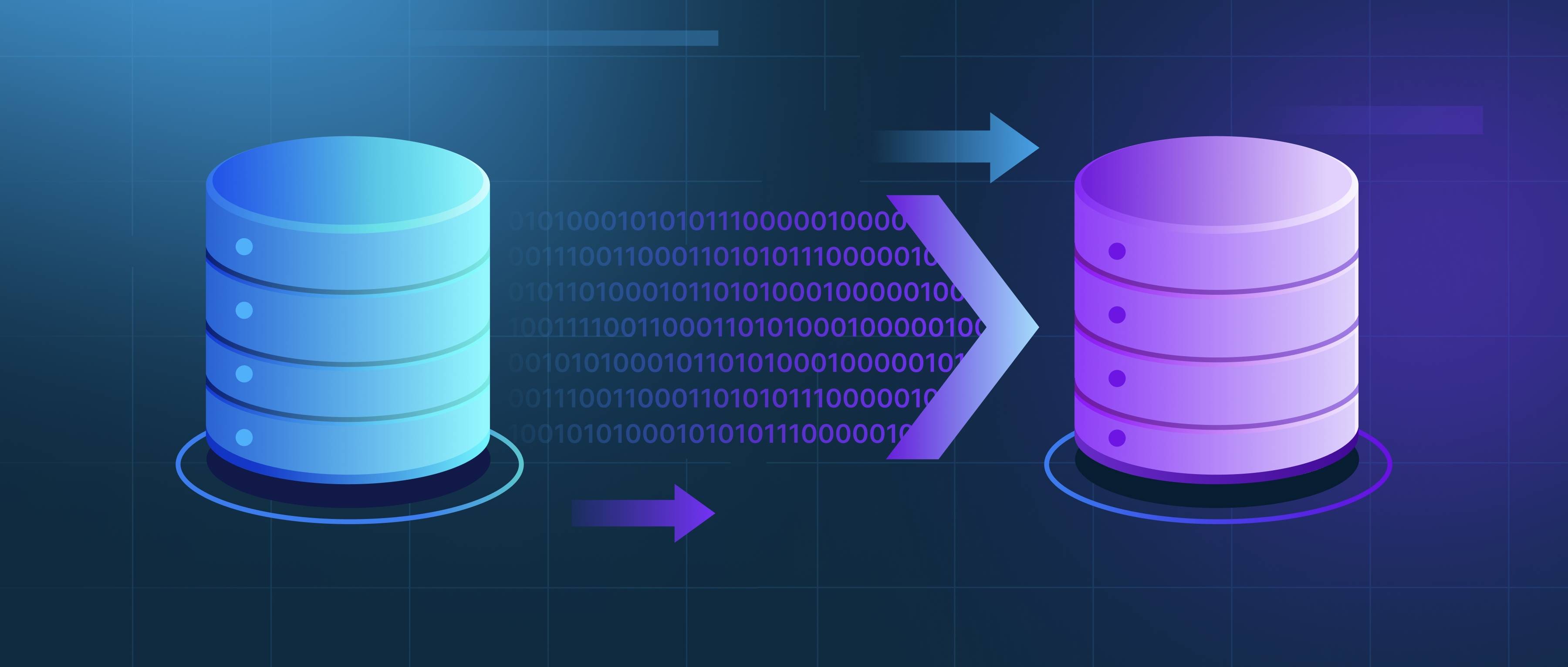A document database is a type of NoSQL database designed to store, manage, and retrieve data in the form of documents. Unlike traditional relational databases, which organize data into tables with fixed schemas, document databases store data as separate documents, typically in formats like JSON, BSON, or XML. Each document can contain nested structures and varying attributes, allowing for greater flexibility in how data is modeled and organized. This flexibility is particularly useful for applications with changing requirements or for those that handle diverse types of data.
One of the key advantages of document databases is their ability to scale horizontally, meaning you can add more servers to handle increased loads rather than upgrading a single machine. This makes them suitable for modern web applications, content management systems, and any use case that requires handling large volumes of semi-structured data. For example, MongoDB is a popular document database that allows developers to store data as JSON-like documents, making it easy to work with complex data structures. Another example is Couchbase, which offers document storage in a key-value format while also supporting querying through SQL-like syntax.
When using a document database, developers often benefit from simplified data access patterns. Since documents can encapsulate related data, applications can often read and write entire documents in a single operation, which can improve performance. Additionally, document databases usually support powerful querying capabilities, enabling users to filter and retrieve documents based on specific criteria. This combination of flexibility, scalability, and ease of use makes document databases a strong choice for many modern applications, allowing developers to focus on building features without being constrained by rigid data structures.
